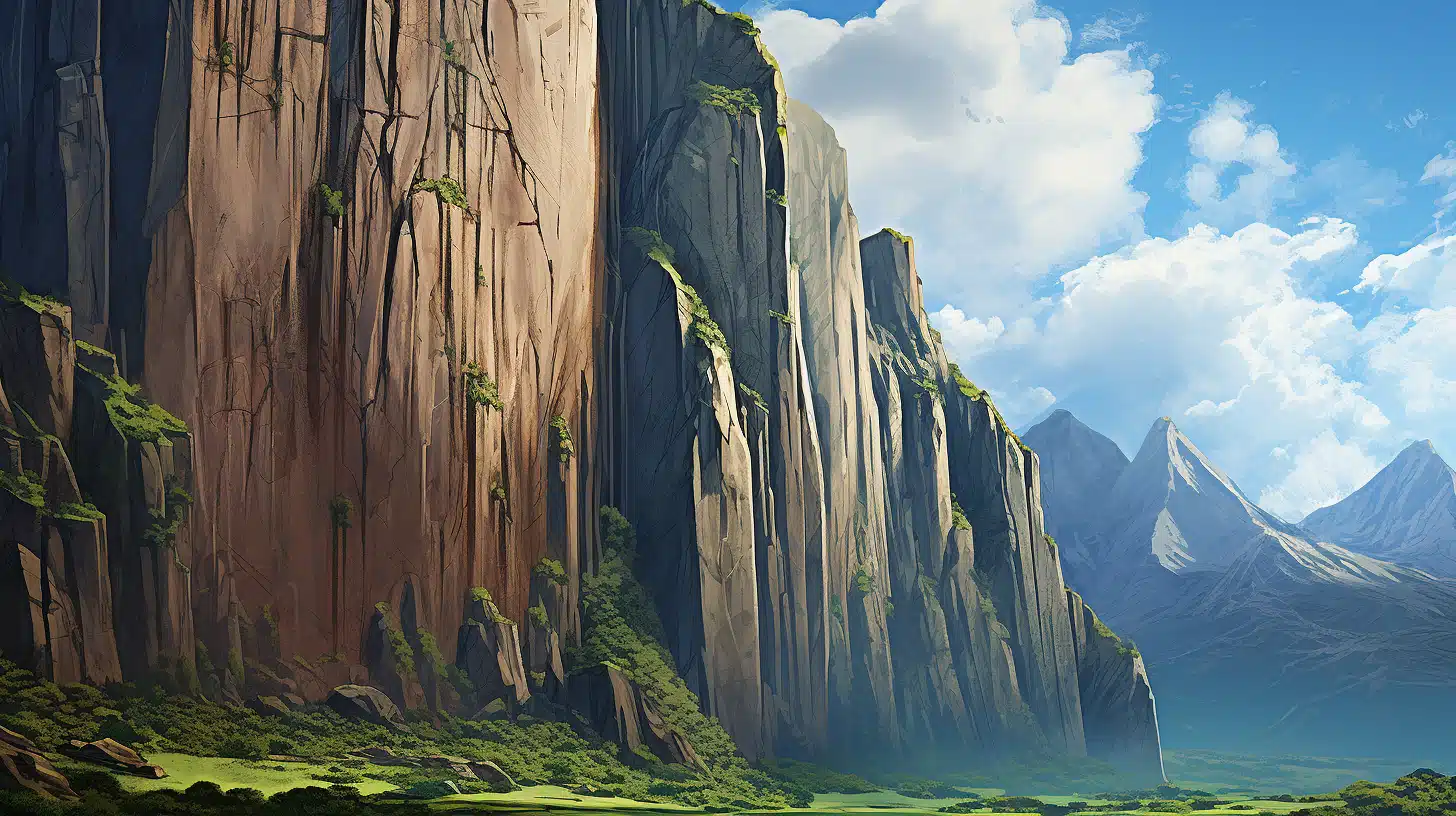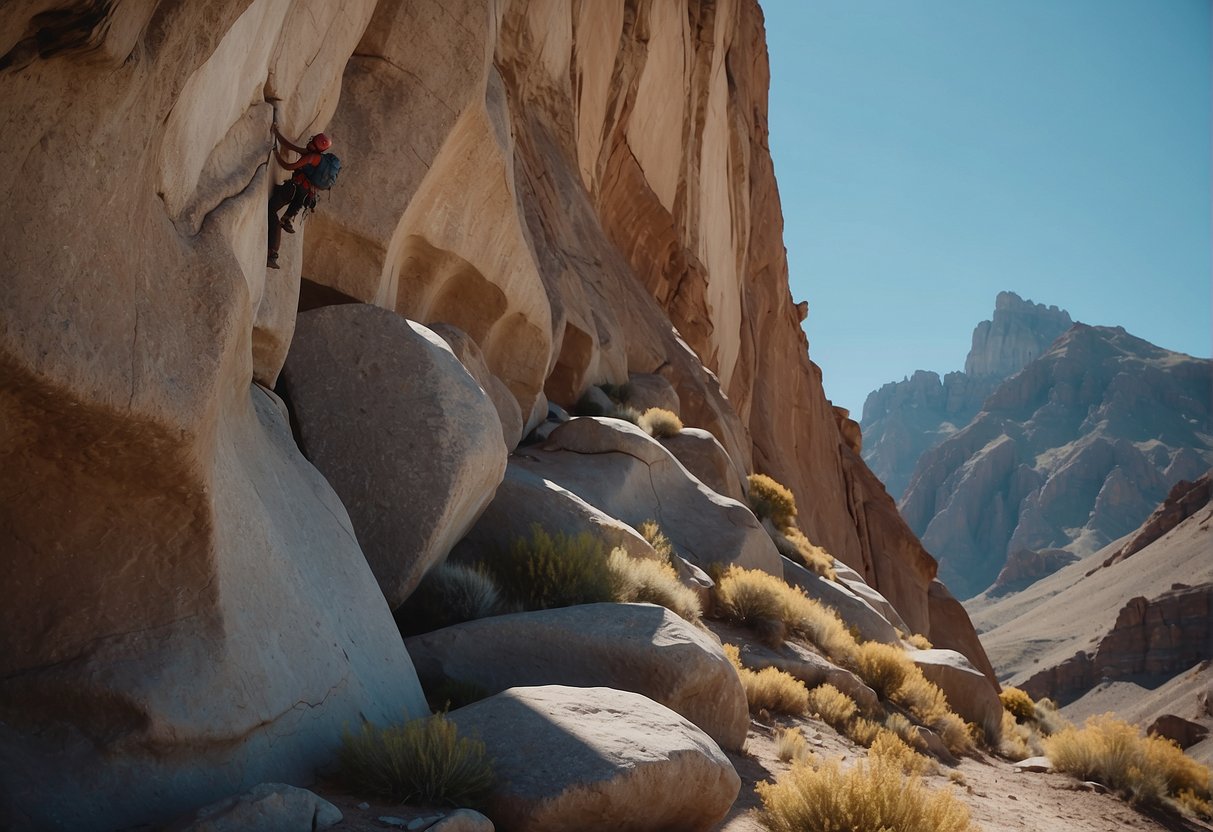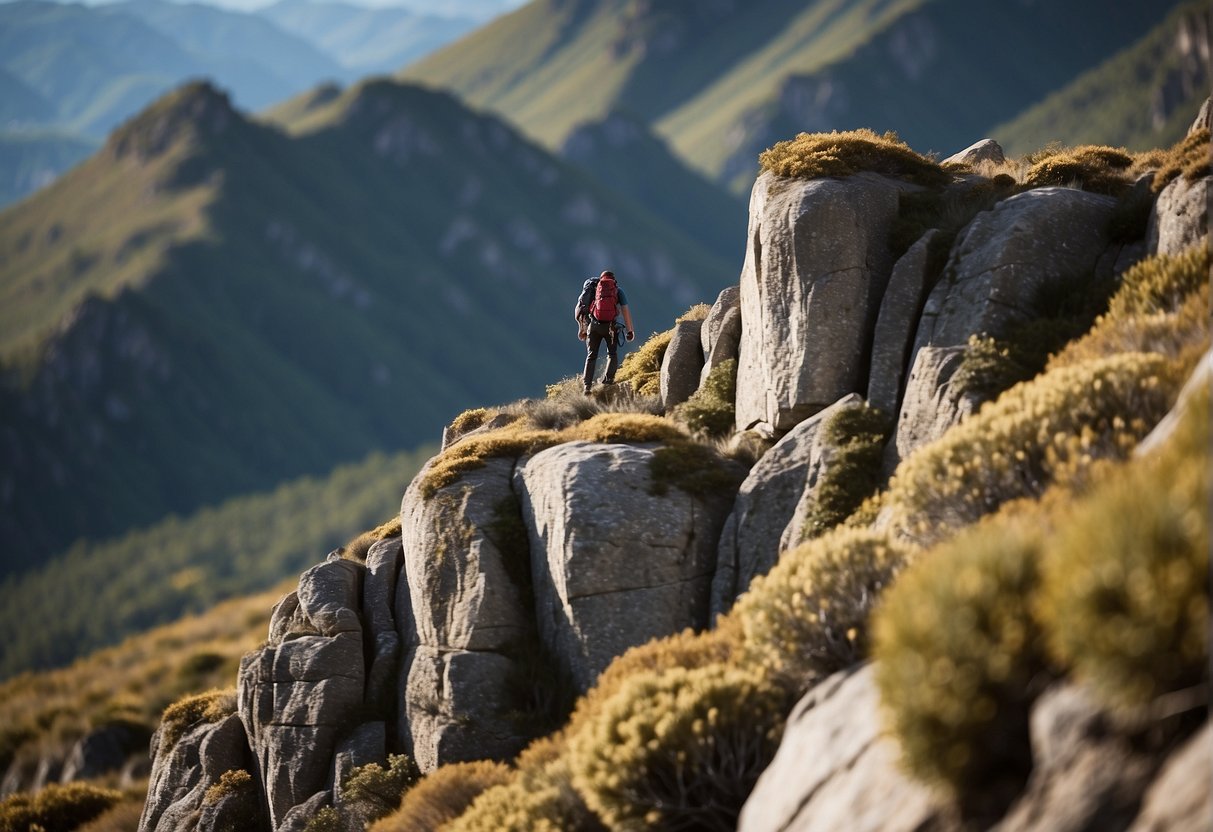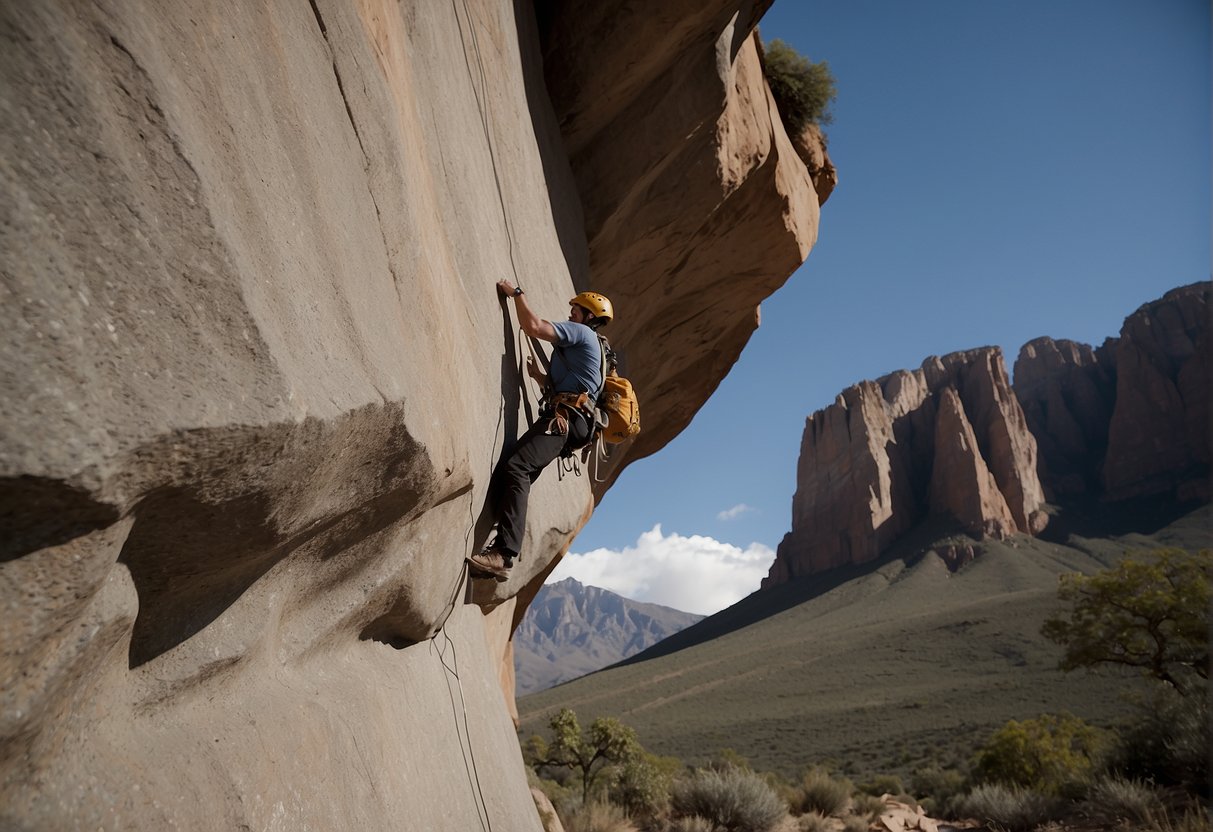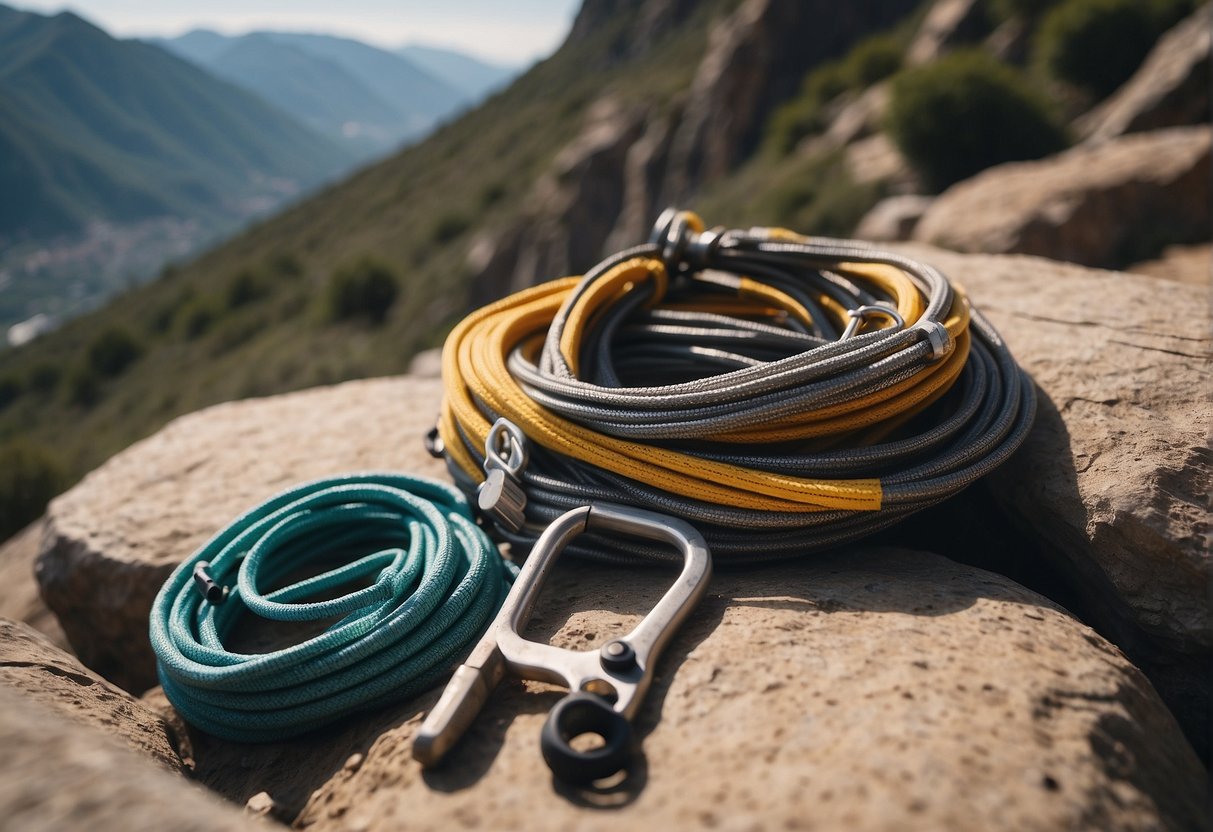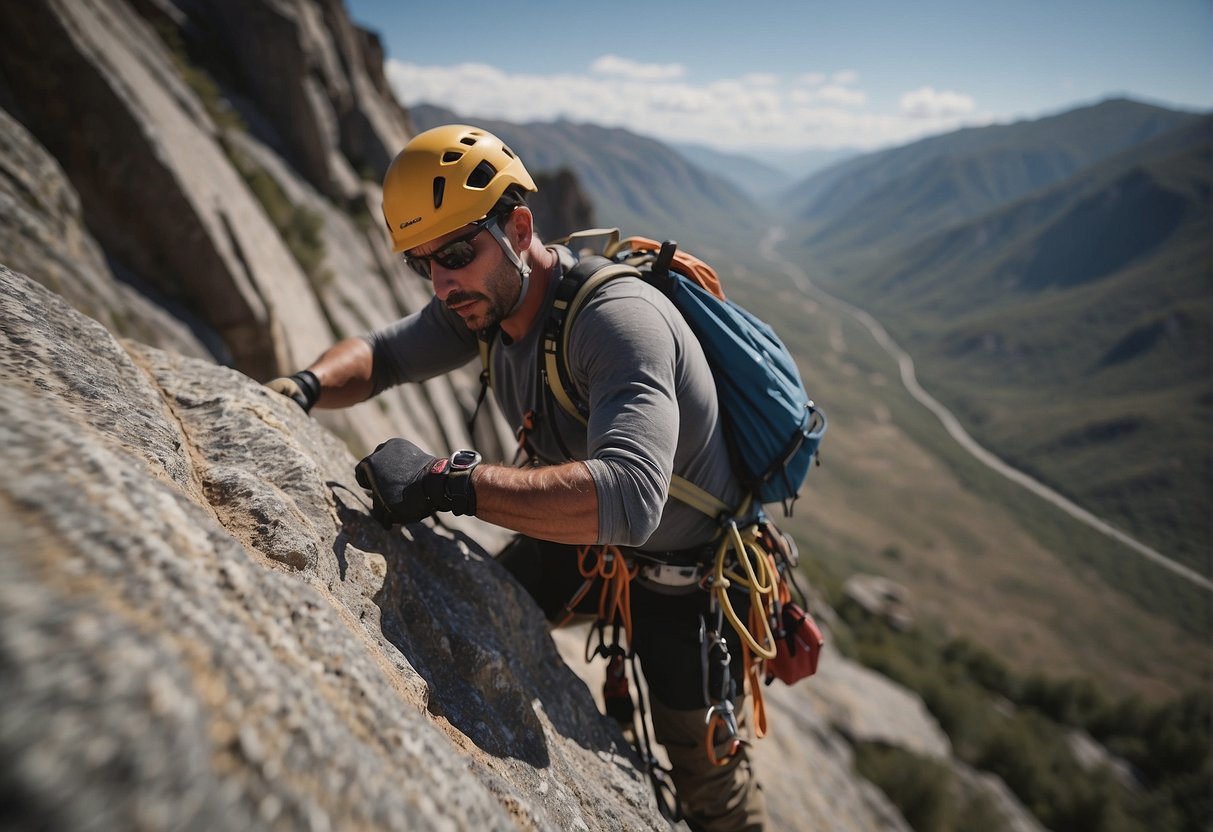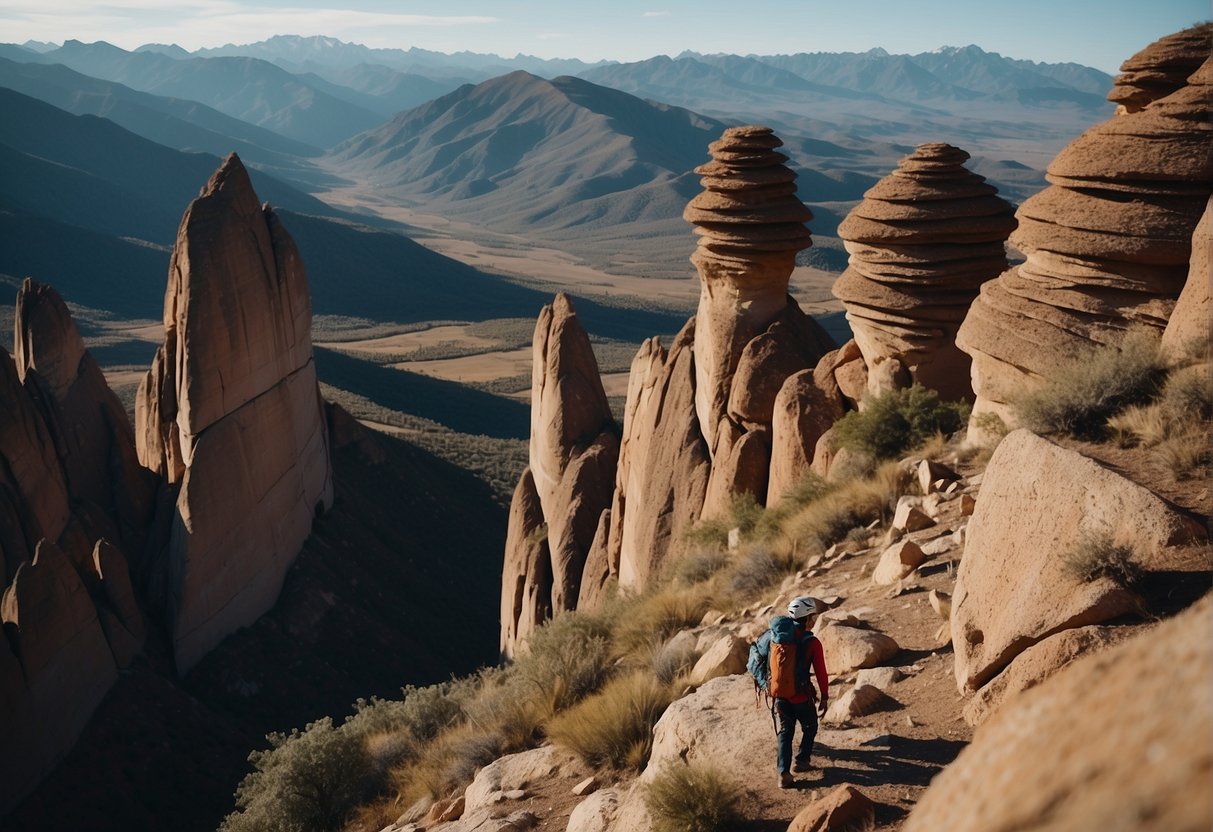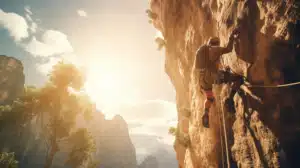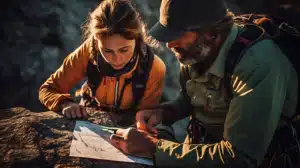I’ve been fortunate enough to climb in many beautiful places around the world, but there is something truly special about Argentina Rock Climbing. With its towering peaks, incredible landscapes, and diverse range of climbing options, Argentina is a dream destination for climbers of all levels. Whether you’re a beginner or an experienced climber, there is something for everyone in this South American gem.
Argentina is home to some of the most iconic climbing regions in the world, including the Andes mountain range and Patagonia. These areas offer a wide range of climbing options, from traditional to sport climbing, multi-pitch routes, and bouldering. The country’s diverse geography also means that climbers can experience everything from desert towers to icy glaciers, making it a truly unique destination.
If you’re considering a climbing trip to Argentina, there are a few things you should know before you go. In this article, I’ll cover the different climbing regions in Argentina, the types of climbing available, essential climbing routes, logistics and access, climbing resources and safety, and frequently asked questions. By the end, you’ll have a good understanding of what to expect and be ready to plan your own unforgettable climbing adventure in Argentina.
Table of Contents
ToggleKey Takeaways
- Argentina is a dream destination for climbers of all levels, with its diverse range of climbing options and incredible landscapes.
- The country is home to some of the most iconic climbing regions in the world, including the Andes mountain range and Patagonia.
- Before you go, it’s important to understand the different climbing options, logistics and access, and safety considerations to plan a successful trip.
Argentina Rock Climbing
https://www.youtube.com/watch?v=lcDe07SXd4c&embed=true
As a rock climbing enthusiast, I have had the privilege of exploring various regions in Argentina that offer some of the best climbing experiences in South America. Here are some of the top climbing regions in Argentina:
Patagonia and the Southern Andes
Patagonia and the Southern Andes boast some of the most spectacular mountain ranges in the world. With towering peaks such as Fitz Roy and Cerro Torre, Patagonia is a popular destination for climbers seeking challenging multi-pitch routes. The region is also known for its unpredictable weather, which can make climbing a bit challenging at times. However, the stunning scenery and unique climbing experiences make it all worthwhile.
Frey and Bariloche
Frey and Bariloche are located in the northern Patagonian Andes and offer a variety of climbing experiences for both beginners and experts. Frey, in particular, is known for its granite spires and multi-pitch routes. The region is also popular for its bouldering opportunities, with over 200 boulder problems ranging in difficulty.
Mendoza and Aconcagua
Mendoza and Aconcagua are located in the central Andes and offer a range of climbing experiences. Aconcagua is the highest peak in South America and attracts climbers from all over the world. The region is also known for its wine production and offers a unique blend of climbing and wine tasting experiences.
Chubut and Piedra Parada
Chubut and Piedra Parada are located in the northern Patagonian Andes and offer a unique climbing experience. Piedra Parada is a massive volcanic rock formation that offers some of the best sport climbing in Argentina. The region is also known for its unique flora and fauna, making it a popular destination for nature enthusiasts.
Overall, Argentina offers a wide range of climbing experiences for both beginners and experts. With its stunning mountain ranges, unique rock formations, and diverse flora and fauna, Argentina is a must-visit destination for any climbing enthusiast.
Types of Climbing
As a passionate rock climber, I have explored the diverse climbing opportunities available in Argentina. The country offers a wide range of climbing styles, including sport climbing, traditional climbing, bouldering, and mountaineering. Here are the three main types of climbing that I have experienced in Argentina.
Sport Climbing and Single Pitches
Sport climbing is the most common type of climbing in Argentina. The country has a vast number of sport climbing routes, mainly on solid volcanic rock. These routes are typically single pitch, bolted, and graded between F3 and F8c+. Some of the most popular sport climbing areas in Argentina include Piedra Parada, The Frey, and El Chalten. Piedra Parada, in particular, is a world-renowned sport climbing destination that offers steep and technical routes on unique rock formations.
Traditional Climbing and Multi-Pitches
Traditional climbing, also known as trad climbing, is a style of climbing that involves placing gear such as nuts and cams into natural features of the rock to protect the climber. Multi-pitch climbing is a type of trad climbing that involves climbing several pitches or sections of a route, with each pitch being longer than a single pitch. Argentina has a rich history of traditional climbing, and there are many classic multi-pitch routes in the country. Some of the most popular traditional climbing areas in Argentina include the Frey and the Cerro Catedral.
Bouldering and Mountaineering
Argentina also offers excellent bouldering opportunities, particularly in the Patagonian region. The boulders are typically large and made of granite, and the climbing style is technical and powerful. Mountaineering is another popular activity in Argentina, with the Andes mountain range offering a wide range of peaks to climb. Some of the most popular mountaineering destinations in Argentina include Aconcagua, Cerro Torre, and Fitz Roy.
In conclusion, Argentina has something to offer for every type of climber, whether you prefer sport climbing, traditional climbing, bouldering, or mountaineering. The country’s diverse landscape and rich climbing history make it a must-visit destination for any climbing enthusiast.
Essential Climbing Routes
As an avid rock climber, I can confidently say that Argentina provides some of the best climbing opportunities in the world. Here are some of the essential climbing routes that every climber should experience in Argentina.
Iconic Summits and Spires
The granite spires of Patagonia are a dream destination for many rock climbers. The most iconic summit in Patagonia is Fitz Roy. The challenging multi-pitch climb to the summit is known as the Franco-Argentine Route. It is a classic climb that is not for the faint-hearted. Another must-do climb in Patagonia is the Torre Traverse, which involves climbing the four granite spires of Cerro Torre, Torre Egger, Punta Herron, and Standhardt.
Challenging Multi-Pitch Climbs
Argentina has no shortage of challenging multi-pitch climbs. One of the most popular climbs is the Aguja Saint-Exupéry in the Fitz Roy massif. It is a 700-meter climb that involves 25 pitches of technical climbing. Another challenging climb is the Ragni Route on Cerro Torre. It is considered one of the hardest climbs in the world due to its steepness and technical difficulty.
Popular Sport Routes
If you prefer sport climbing, Argentina has plenty of options for you too. One of the most popular sport climbing areas is Piedra Parada. It is located in the Chubut Province and offers over 200 bolted routes of varying difficulty. Another popular area is Tandil, which is located in the Buenos Aires Province. It offers over 100 bolted routes on the unique Tandilia rock formation.
In conclusion, Argentina has something for every climber, from challenging multi-pitch climbs to popular sport routes. These essential climbing routes are just the tip of the iceberg when it comes to the vast array of climbing opportunities that Argentina has to offer.
Logistics and Access
Travel and Transportation
Getting to Argentina for rock climbing is relatively easy, with many international flights landing in Buenos Aires. From there, you can take a domestic flight to El Calafate, which is the nearest airport to many of the popular climbing areas. Alternatively, you can take a bus from Buenos Aires to El Chalten, which is a popular tourist town and a gateway to some of the best climbing areas in the region.
Accommodation and Camping
When it comes to accommodation, most climbers choose to camp in the areas surrounding the climbing sites. There are several camping options available, ranging from basic campsites to fully equipped refugios. It is important to note that some of the more remote climbing areas may not have any facilities, so it is best to come prepared with your own camping gear.
Weather and Best Times to Visit
The best time to visit Argentina for rock climbing is from October to December when the temperature is mild with dry and clear air. However, it is important to keep in mind that the weather can be unpredictable, and it is always a good idea to check the weather forecast before embarking on a climbing trip. In general, the weather in Patagonia can be quite harsh, with strong winds and sudden changes in temperature, so it is important to come prepared with appropriate clothing and gear.
In conclusion, Argentina is a great destination for rock climbing, with easy access to many popular climbing areas, a variety of accommodation options, and favorable weather conditions during the climbing season.
Climbing Resources and Safety
As a rock climbing enthusiast, I understand the importance of having access to reliable resources and ensuring safety while climbing. In Argentina, there are a number of resources available to climbers, including guidebooks, online platforms, and satellite imagery.
Guidebooks and Online Platforms
Guidebooks are a great resource for climbers to find information about routes, ratings, and access points. One popular guidebook for Argentina rock climbing is “Rock Climbing Argentina” by Anabelle Paulsen. This guidebook covers many popular climbing areas in Argentina, including the Sierras Pampeanas range and the Chalten Massif in southern Patagonia.
Another great resource for climbers is online platforms such as Mountain Project and ONX Backcountry. These platforms provide climbers with detailed information about routes, ratings, and access points, as well as user-generated content such as photos and comments.
Climbing Ethics and Environmental Considerations
As climbers, it is important to be mindful of the impact we have on the environment and the local communities. When climbing in Argentina, it is important to follow the established climbing ethics and environmental considerations. For example, climbers should avoid climbing on protected or culturally significant areas, and should always pack out all trash and waste.
Emergency Services and Risk Management
While climbing can be a thrilling and rewarding experience, it also comes with inherent risks. It is important for climbers to be prepared for emergencies and to have a plan in place in case of an accident. One important resource for climbers is the Club Andino Argentino, which provides rescue and emergency services for climbers in Argentina.
Additionally, climbers should always practice good risk management, including wearing appropriate safety gear, climbing with a partner, and being aware of weather conditions and potential hazards.
Overall, with the right resources and a focus on safety and environmental responsibility, rock climbing in Argentina can be an incredible experience for climbers of all levels.
Frequently Asked Questions
What are the top rock climbing destinations in Patagonia, Argentina?
Patagonia is a world-renowned destination for rock climbers. The most popular climbing areas in Patagonia are El Chalten and Bariloche. El Chalten is known for its stunning peaks and granite spires, while Bariloche offers a wide range of climbing options, including sport climbing, multi-pitch routes, and bouldering.
How can climbers prepare for the unique challenges of Patagonia’s routes?
Patagonia’s weather can be unpredictable, and climbers should be prepared for sudden changes in temperature and weather conditions. Additionally, many of the routes in Patagonia are remote and require a high level of technical skill. Climbers should have experience with multi-pitch routes and be comfortable with route finding in remote areas.
What is the best season for rock climbing in Mendoza, Argentina?
The best season for rock climbing in Mendoza is from October to April when the weather is warm and dry. During the winter months, many of the climbing areas are covered in snow and ice, making them inaccessible.
Are there any notable bouldering spots near El Chalten?
While El Chalten is primarily known for its alpine climbing, there are also several notable bouldering areas in the surrounding area. The best-known bouldering area is La Buitrera, which offers a range of problems for all skill levels.
What safety considerations should be taken when climbing in Argentina’s remote areas?
Climbing in remote areas can be dangerous, and climbers should take appropriate safety precautions. This includes carrying a satellite phone or other means of communication, bringing adequate food and water, and having a comprehensive first aid kit. Additionally, climbers should be aware of the risk of rockfall and other hazards.
How does rock climbing in Argentina compare to other South American climbing destinations?
Argentina is one of the top rock climbing destinations in South America, along with Chile and Brazil. While each country has its own unique climbing areas and challenges, Argentina is known for its stunning alpine peaks and world-class granite spires. Climbers in Argentina can expect a high level of technical difficulty and a wide range of climbing options.

